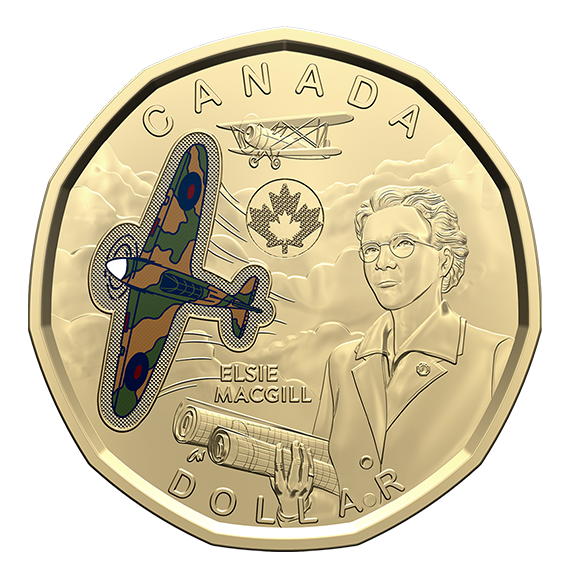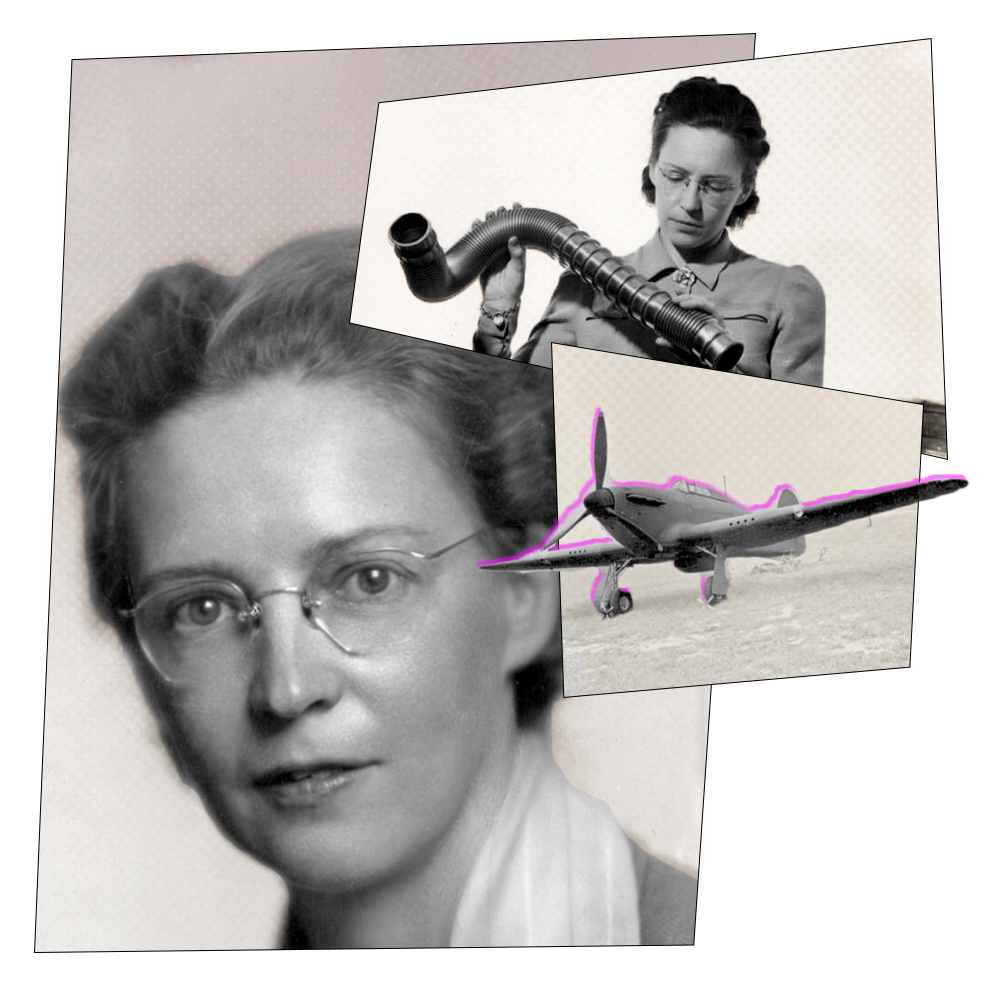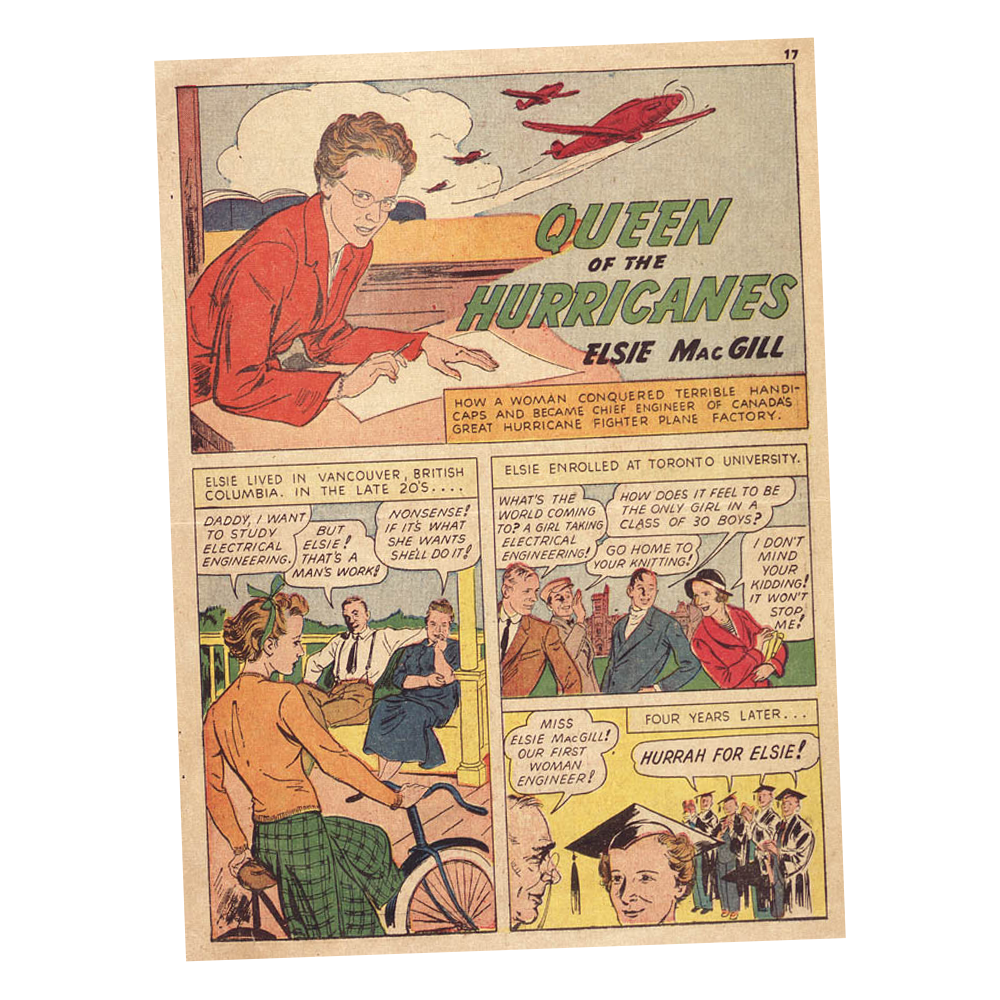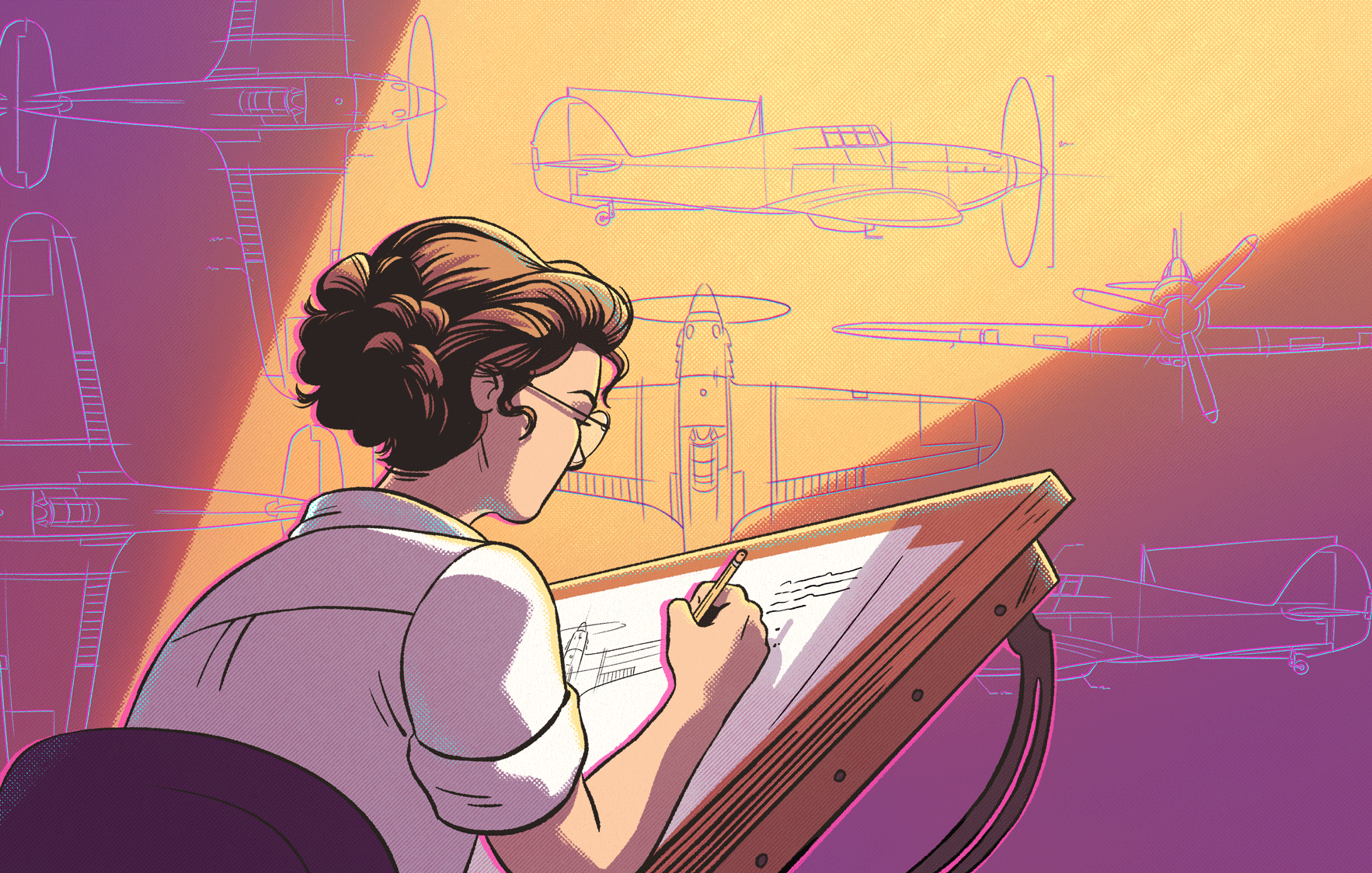Elsie MacGill
Elsie MacGill
Honour an extraordinary woman whose life and achievements are among the most exceptional and noteworthy Canadian stories of the 20th century with our collectable coins and keepsakes.
Notice: Alternate delivery arrangements are in place where possible to minimize delays due to the Canada Post labour disruption.

Aeronautical trailblazer, champion of women’s rights, inspiration to us all. The 2023 $1 commemorative circulation coin celebrates Elsie MacGill, whose accomplishments, as well as her exemplary desire to uplift others, were driven by her unrelenting belief that we can all soar higher.

Elizabeth “Elsie” MacGill (1905 – 1980) was a person of brilliant mind and unconquerable spirit. A woman of many firsts, she led a trail-blazing career in aeronautical engineering and was a passionate and effective advocate for gender equality in the workplace and beyond.
Although her path wasn’t the easiest route to take, Elsie always persevered and demonstrated excellence despite adversity. Not one to let setbacks affect her trajectory, Elsie shot for the stars and elevated others along the way—making her one of the most exceptional and noteworthy Canadians of the 20th century.
Photo: Portrait of Elsie Gregory MacGill
Source: Library and Archives Canada/Elsie Gregory MacGill fonds/e006611177
Photo: Elsie Muriel Gregory MacGill, chief engineer at Canadian Car and Foundry Co. Ltd.
Credit: Ingenium 16035
Photo: The First Canadian-made Hawker Hurricane.
Credit: Ingenium 17962
Photo: Construction of Hawker Hurricane aircraft
Credit: Ingenium 14720


During World War II, Elsie supervised the production of over 1,450 Hawker Hurricane aircraft. This earned her the nickname “Queen of the Hurricanes.”

These blueprints represent Elsie’s creativity, ambition, and her impact on the fields of engineering and aviation throughout her career.

During her time at the Canadian Car and Foundry, Elsie became the first woman in the world to design an aircraft—the Maple Leaf Trainer II.

As a women’s rights advocate, Elsie dedicated herself to the Canadian Federation of Business and Professional Women’s Clubs—both as a member and later as the provincial and national president.

In 1938, Elsie became the first woman to be elected to the Engineering Institute of Canada.


Photo: Queen of the Hurricanes / Elsie MacGill
Source: Library and Archives Canada/Elsie Gregory MacGill fonds/c147741k
A Tribute to a Lasting Legacy
Elsie MacGill was a force to be reckoned with. She excelled despite adversity, embraced what made her unique, broke new ground in both engineering and the fight for equality, and still, to this day, continues to be an inspiring role-model for all Canadians.
“All of us, be we nine years old or fifty-five, have a stake in the future because we live in it. You who are young have the greatest stake for you have the longest time there: HOW WILL YOU USE YOUR EXTRA TIME?”
We honour and celebrate Elsie MacGill with the 2023 $1 commemorative circulation coin—a tribute to the lasting legacy of her life’s work.


Elsie MacGill
Honour an extraordinary woman whose life and achievements are among the most exceptional and noteworthy Canadian stories of the 20th century with our collectable coins and keepsakes.